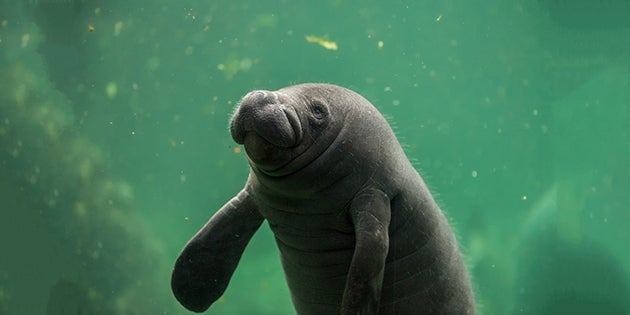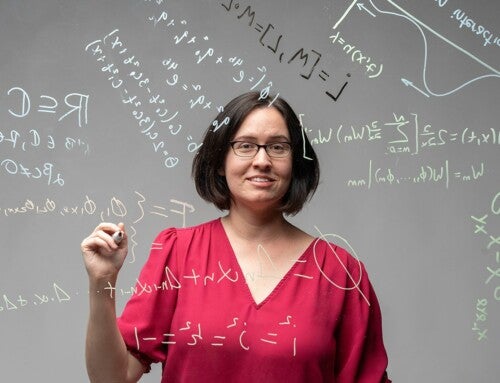 You may not know that March 30th is Manatee Appreciation Day. You may also not know that manatees, those soft, blubbery and docile floating animals – also known as sea cows – possess incredibly dense bones.
You may not know that March 30th is Manatee Appreciation Day. You may also not know that manatees, those soft, blubbery and docile floating animals – also known as sea cows – possess incredibly dense bones.
That’s part of the takeaway from research performed by the College of Charleston’s Phil Manning, as well as researchers at the University of Manchester and Diamond Light Source, the United Kingdom’s synchrotron facility, which makes scientific discoveries through the use of intense beams of light.
The researchers used synchrotron-generated X-rays to analyze for the first time the bone chemistry of both living manatees and 19 million-year-old fossils, revealing the growth patterns of their skeletons.
“We found that in the modern bone, each element was concentrated in distinct structures called secondary osteons and connecting canals, revealing both physiological processes and histological features not seen before. So we weren’t just imaging the microscopic shape of the bone but actual biological processes that were occurring up to the time of death,” says lead author Jennifer Anné.
The manatee’s dense bones help the creature effortlessly sink to the bottom of the ocean to eat vegetation. Manning says that while a greater understanding of manatees’ bones is of value in and of itself, there now exists an opportunity to use these new research tools on many other species’ fossils.
“The UK’s Diamond Light Source and other synchrotron facilities around the world offer a technologically driven paradigm shift in our understanding of life on Earth, both present and past,” says Manning, a professor of paleontology and the director of the College of Charleston’s Mace Brown Museum of Natural History. “We are in the midst of an interdisciplinary renaissance that is gaining new insight from shedding some of the brightest light in the universe upon fossil remains. Such studies are only possible through the successful collaboration between multiple disciplines and the tremendous support of an outstanding synchrotron facility.”
The research performed by Manning and his colleagues has been published in Metallomics, a journal of the Royal Society of Chemistry.
RELATED: Read about the Tyrannosaurus rex Manning helped bring to the College’s School of Science and Mathematics.

“Bucky” the T. rex hovers over students in the lobby of the School of Sciences and Mathematics Building.
And in other bone chemistry news, Manning, fellow College Professor (and wife) Victoria Egerton, and researchers at the University of Manchester have developed a test that quickly determines if fossil remains contain enough collagen, or protein, to be able to be successfully carbon dated. This research was recently published in the journal PLOS ONE.
In the video below, Manning tells National Geographic how his fascination with fossils and dinosaurs began long ago:





